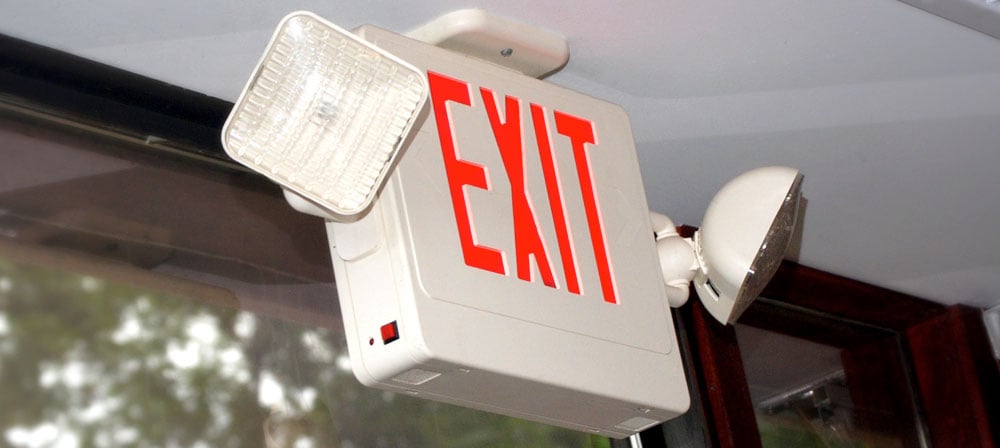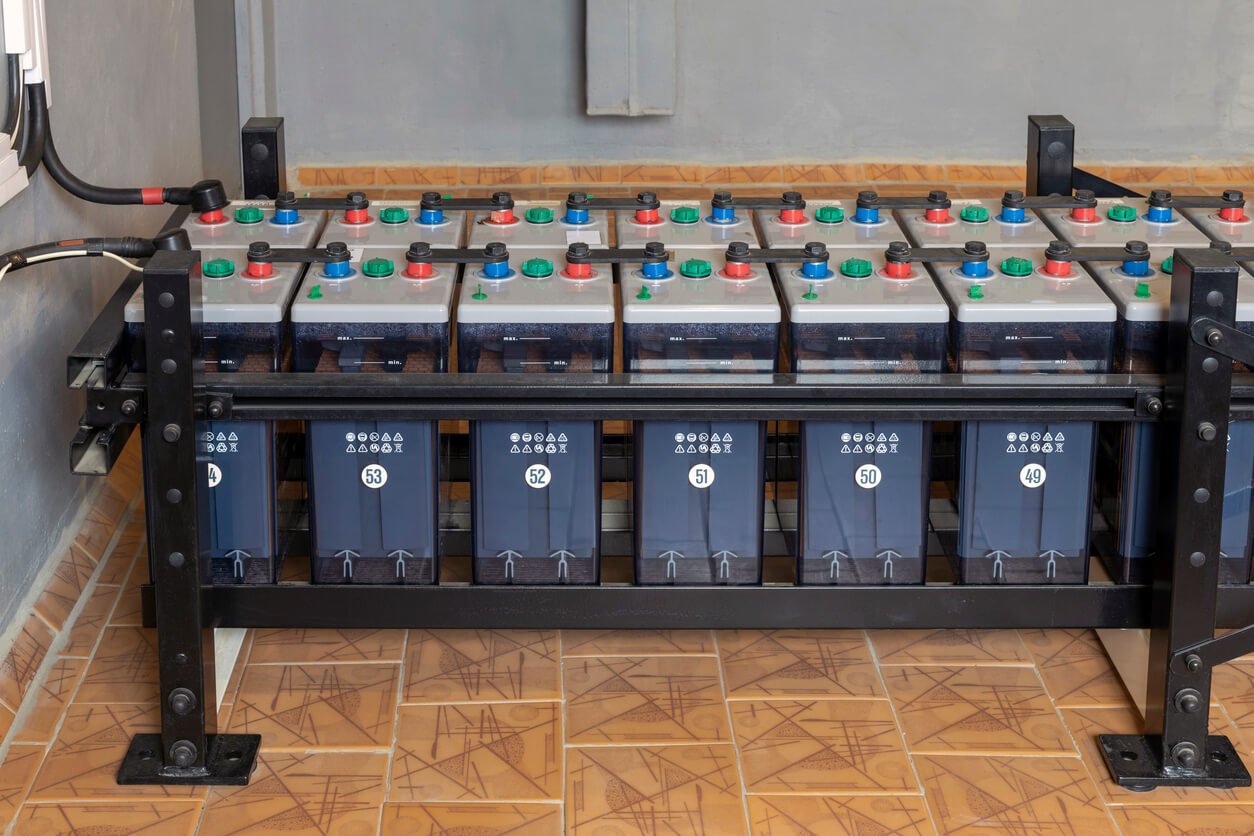Emergency and exit path lighting are required in all commercial buildings and are specifically designed to save lives by helping to guide building occupants to safety in dangerous situations.
But how long has it been since you tested your emergency lighting?
Building owners and facility managers all too often don’t know the answer to this question. And that’s a sign that it has probably been too long. Failing to meet emergency light testing requirements will put your building occupants at an increased risk and result in costly code violations.
To prevent these outcomes, let's review the testing requirements for emergency and exit lights before explaining four options for compliance.
What are the Testing Requirements for Emergency and Exit Lights?
Regardless of the size or type of your facility, you are required to perform:
- 30-second tests every 30 days to ensure required illumination
- 90-minute tests every year to simulate a long-term emergency
The testing involves cutting the power to the facility's emergency lighting units as if there were having an actual emergency. Throughout the duration of the tests, all emergency lighting must be fully operational. Remember that the code requirements for emergency lighting equipment maintenance and testing will vary from jurisdiction to jurisdiction.
In addition to periodic testing, written records of monthly and annual tests, and documentation of any follow-up maintenance must be kept for future inspection by OSHA or any other local authority having jurisdiction (AHJ). Computer-based emergency lighting systems should be capable of providing a complete report of testing history and failures at all times.
These testing requirements may sound simple, but they can be challenging for many facilities to complete. Depending on the size of your building and the number of emergency fixtures, testing each of them can require hours of work. Additionally, most emergency fixtures are mounted between 7.5 and 20 feet from the floor, requiring a lift or a ladder. This could cause operational interruptions as the testing takes place.
How to Comply with Emergency Lighting Equipment Testing Requirements
The National Fire Protection Association (NFPA) Life Safety Code 101 outlines three options for testing emergency lighting equipment and another option related to testing emergency power supply systems (EPSS) - the equipment that powers an emergency lighting system. Emergency light testing options are designated by the system type - whether it’s battery-operated, self-testing and self-diagnostic, or computer-controlled.
Option 1: Manual Testing
The first option is to complete all of the tests manually (a monthly 30-second test and a yearly 90-minute test). You must also keep a written record of the tests.
Option 2: Self-Testing/Self-Diagnostic
You can provide self-testing/self-diagnostic battery-operated emergency lighting equipment. This type of equipment automatically runs the required tests and displays any failures with a status indicator. Even though the equipment can self-diagnose any issues, you must still perform a visual inspection once a month to ensure no visible damage and that the units do not display any errors related to the self-test.
Option 3: Computer-Based Testing
An even more advanced alternative to Option 2 is a computer-based self-testing emergency lighting system. With this option, the computer automatically generates a test history report, eliminating the need for the building owner to keep these records manually.
Of course, the testing options available to your facility will depend on the equipment type you have installed. An experienced fire and security company will be able to assess and update your existing emergency lighting equipment.
Option 4: Emergency Power Supply System (EPSS) Testing
The 2018 edition of NFPA 101 added a fourth option for EPSS testing. With this option, NFPA 101 refers to other standards for the testing of EPSS equipment, including:
- NFPA 110 - Testing of emergency generators and related transfer switches
- NFPA 111 - Testing of stored electrical energy systems that provide an alternate source of power
Combined with emergency lighting testing, these measures help to ensure:
- The functionality of generator-powered backup lighting
- Markings and signage illuminate egress paths if backup lighting fails
When building owners have their EPSSs professionally tested and maintained, they can rest assured that their systems are reliable, compliant, and capable of supporting emergency lights whenever power disruptions occur.
Dig Deeper
when are emergency and exit lights required?
Discover where emergency lighting should be installed and the 3 structures with exemptions. Learn More →
Ensure Compliance and Functionality with Emergency and Exit Light Testing Services
Unless your business receives regular audits from OSHA or insurance companies, you may not know these testing requirements exist. The first time your emergency lights fail, however, and you can’t supply any testing records, the consequence can be thousands of dollars worth of fines.
But the more important consequence of ignoring emergency lighting tests is putting building occupants’ safety at risk. During a real emergency, the risk of injury is extremely high, especially if people cannot see where they are going due to a loss of power.
Emergency and exit light codes cannot be ignored, but managing all of the additional testing, maintenance, and inspection requirements is challenging for most companies. Businesses should partner with an experienced fire protection company to conduct thorough emergency light testing, inspection, and maintenance, ensuring regulatory compliance and functionality to keep employees and customers safe.
Editor's Note: This post was originally published on December 6, 2016, and has been updated for accuracy and current best practices.








